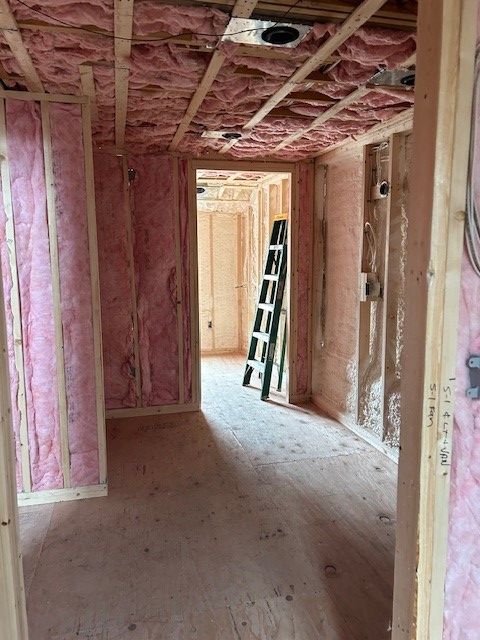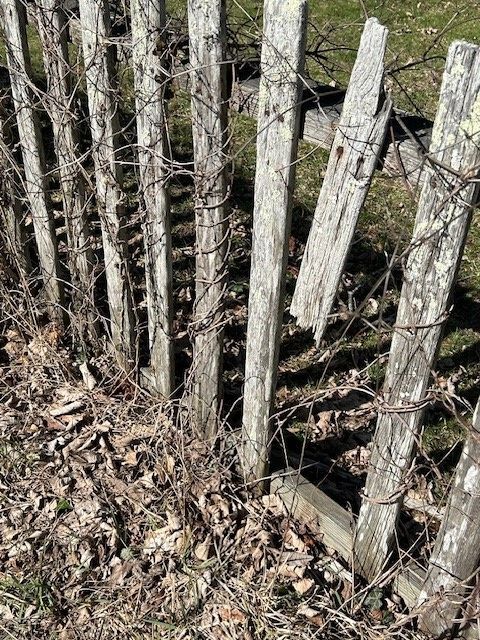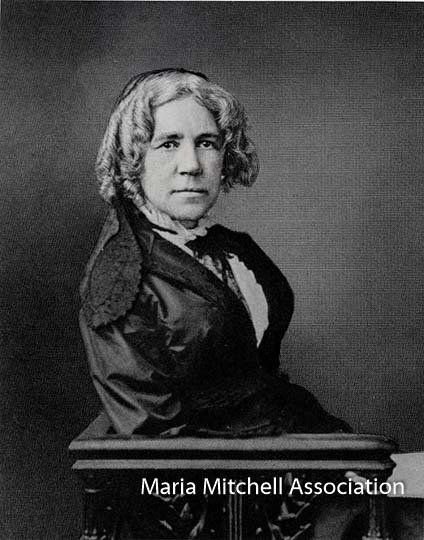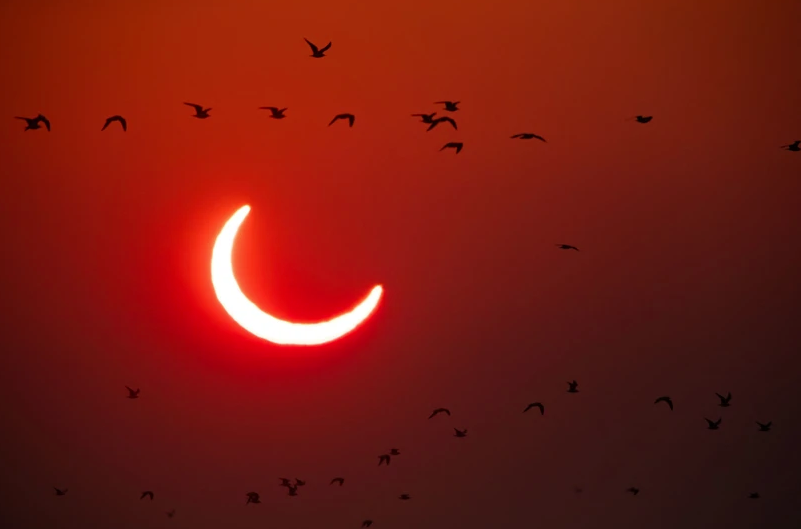Maria Mitchell In Her Own Words
September 3. We have been three weeks in London “out of season” but with plenty of letters; at present we have as many acquaintances as we desire. Last night we were at the opera; tonight we go out to dine and tomorrow evening to a dance, the next day to Admiral Smyth’s. The opera fatigued me, as music always does. I tired my eyes and ears in the vain effort to appreciate it. Mario was the greatest star of the evening but I knew no difference.
At this date, Maria Mitchell was still very much at the beginning of her European tour as a young woman’s chaperone. For many Americans, Maria included, a European tour served as a college education of sorts. Visits to the opera, grand palaces and museums, ruins and historic buildings and sites served as a source of education and inspiration. While she tried the opera – we have her opera glasses to prove it – Maria was supposedly tone deaf so I am sure it was not easy for her to make her way through an entire opera. Dancing was a whole other thing – Quakers forbid it – but at this point Maria had left Quaker meeting. So she was certainly taking it all in and trying everything – even things she did not enjoy – in order to learn and expose herself to new things. Now that is a good tourist!
JNLF
Recent Posts


JOIN US
OPPORTUNITIES
CONNECT
Call Us: 508.228.9198
Email Us: info@mariamitchell.org



